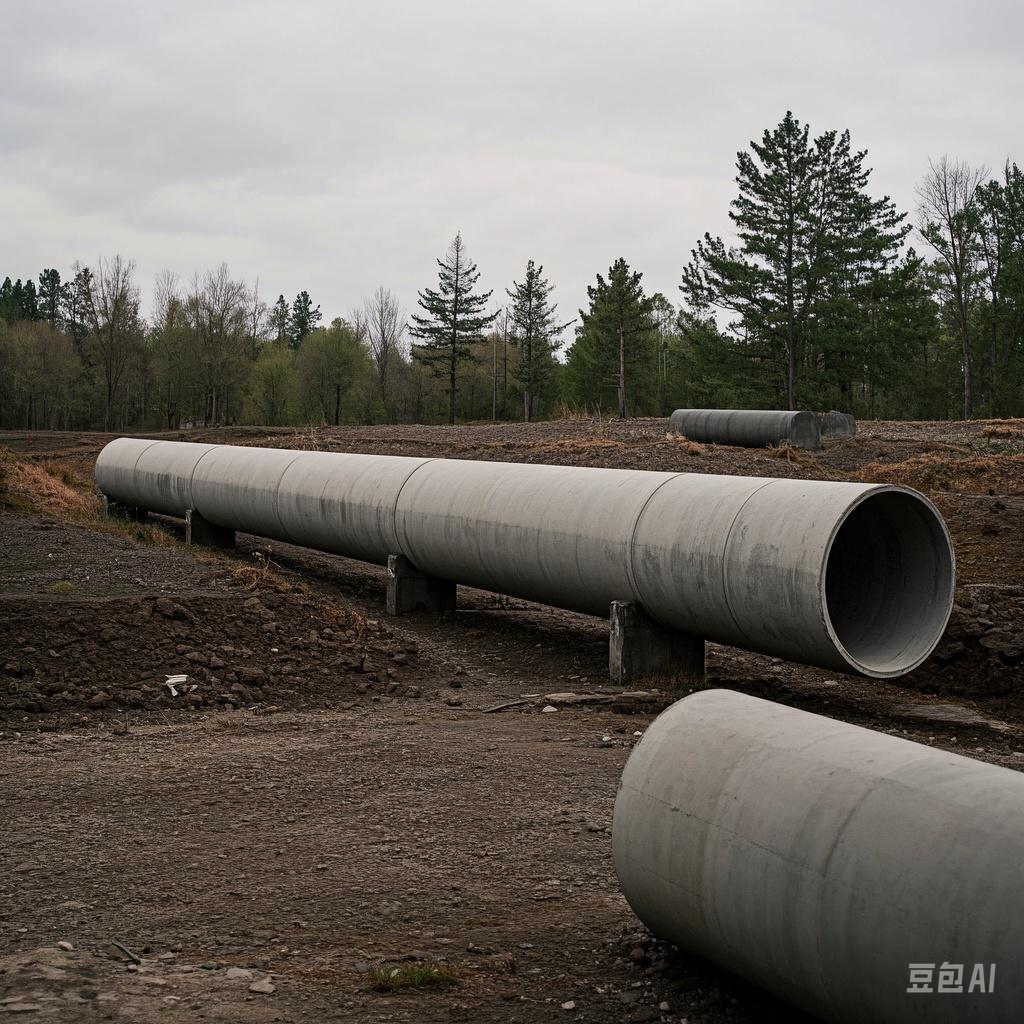 0086 13651986415
0086 13651986415
 0086 13651986415
0086 13651986415
Global Market Analysis for Concrete Pipe Plant Industry: Key Trends and Regional Outlook
The concrete pipe plant industry is poised for steady growth in overseas markets, driven by infrastructure development, technological advancements, and the increasing demand for durable and cost-effective solutions. Below is an analysis of key trends and regional opportunities:
1. Infrastructure Development Driving Demand
Urbanization and Drainage Systems: The need for robust drainage and sewage systems in rapidly urbanizing regions (e.g., Southeast Asia, Africa) is boosting demand for concrete pipes. Countries like Australia and New Zealand have established stringent standards for underground conduits, positioning concrete pipes as a benchmark for industrial use
Transportation Projects: Large-scale infrastructure projects, such as the £431 million tram project in England, highlight the role of concrete pipes in modern transit systems. Advanced lifting equipment (e.g., Probst GmbH’s RVD-4-ECO-F lifter) has improved installation efficiency and safety, reducing project timelines by up to 50%
2. Technological Innovations Enhancing Efficiency
Automated Production: Manufacturers like Apollo Inffratech and Shanghai Oceana Construction Machinery offer advanced pipe-making machines with features such as multi-size production, reduced labor costs, and minimal material waste. These innovations cater to the demand for scalable and cost-effective solutions
Specialized Equipment: Hydraulic lifting and turning clamps (e.g., Probst’s WG series) enable safer handling of heavy pipes, reducing manual labor risks and improving precision in projects
3. Sustainability and Material Advancements
Eco-Friendly Materials: The integration of additives like silica fume and microsilica enhances concrete strength and durability, aligning with global sustainability goals. Suppliers in regions like the UAE emphasize eco-friendly materials for mega-projects
Long-Term Durability: Concrete pipes are preferred for their resistance to fire, corrosion, and heavy loads, making them ideal for long-term infrastructure in harsh environments.
4. Regional Market Opportunities
Europe: Infrastructure upgrades, particularly in the UK and Germany, are driving demand. The adoption of advanced machinery (e.g., dry-cast equipment from HawkeyePedershaab) supports efficient pipe production
Asia-Pacific: Rapid urbanization in India and China is fueling investments in water management and transportation. Local manufacturers dominate the market, with export capabilities to Africa and Eastern Europe
Middle East & Africa: Mega construction projects (e.g., UAE’s skyscrapers) require high-strength materials, while African nations prioritize affordable drainage solutions. Chinese suppliers are expanding their footprint here
5. Challenges and Competitive Landscape
Labor and Cost Pressures: While automation reduces labor dependency, initial investments in advanced machinery remain high for smaller manufacturers
Market Competition: Chinese manufacturers (e.g., Alibaba-listed suppliers) dominate the global supply chain due to cost advantages and scalable production, challenging European and North American firms
Conclusion
The concrete pipe plant industry is set to thrive in overseas markets, supported by infrastructure needs, technological innovation, and sustainability trends. Key growth regions include Asia-Pacific, Europe, and Africa, with Chinese manufacturers leading in cost-effective production. Strategic adoption of automation and eco-friendly materials will be critical for long-term competitiveness.
For detailed insights, refer to sources such as infrastructure project case studies, material innovation reports, and market analyses from Alibaba suppliers
